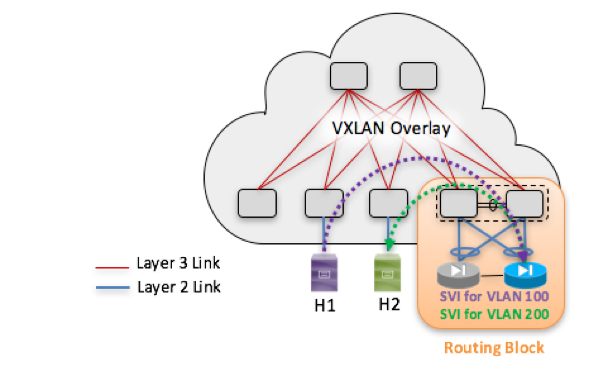Nvidia’s new Quadro GP100 GPU brings NVLink to Windows computers
Nvidia's Quadro GP100 shares many features with the company's most advanced Tesla P100 GPU, but it also brings the superfast NVLink to Windows PCs and workstations.The Quadro GP100 isn't targeted at gaming -- it's aimed more at virtual reality content creation, simulation, and engineering applications. The GPU is based on the Pascal architecture and is capable of supporting up to 5K displays at 60Hz.The new GPU is the fastest Quadro yet, with 32-bit floating point performance of about 12 teraflops via 3,584 CUDA cores. That outpaces the Quadro P6000, which delivers 10 teraflops of performance.The GP100 also delivers 64-bit floating point performance of 5 teraflops via 1,792 cores for more precise calculations.To read this article in full or to leave a comment, please click here




 DANZ addresses customer's concerns for more security.
DANZ addresses customer's concerns for more security.